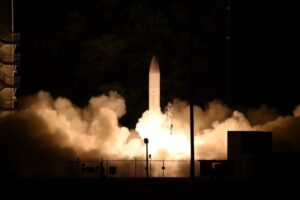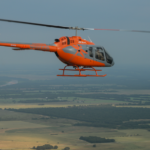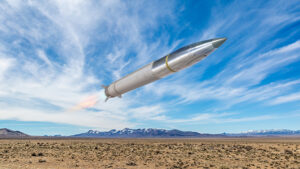
As the Army eyes deploying its first operational hypersonic weapon battery by the end of year, a lead official on Wednesday detailed the eventual transition of the program to the service’s Program Executive Office Missiles and Space. Lt. Gen. Robert Rasch, who leads the Rapid Capabilities and Critical Technologies Office (RCCTO) that has overseen development of the Long Range Hypersonic Weapon, affirmed recent comments from senior Army leaders that the program is on track to field the first live missile…

 By
By 











